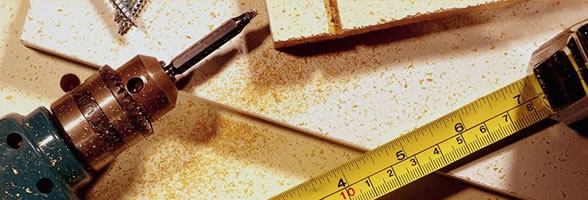
Hai Chau Communal House
17/06/2016 21:08The Hai Chau Communal House is located in Phan Chau Trinh Street, Hai Chau 1 Ward. There is a large lake, ornamental rocks and a 100-year-old Bodhi tree in front of the house. The Chinese words “Hai Chau Chanh Xa (Hai Chau Region)” are inscribed on the three-door gate.

Behind the large courtyard is the Hai Chau Temple, a building for worshipping ancestors, and two family temples. The temple on the left side is for the Nguyen Van family, and the one on the right is Kinh An Tu which has 42 ancestral tablets worshipping 42 families who originated from Hieu Hien Hamlet, Hai Chau Commune, Ngoc Son District, Tinh Gia, Thanh Hoa Province. All of the 42 families followed King Le Thanh Ton into the southern region in the year of Tan Mao (1471). Then the king established Han Giang Commune (now Da Nang) and they gathered at Hai Chau village to lay the foundations, and contribute to the formation of Da Nang over the next 500 years.
In the 3rd year of King Minh Mang’s reign (1822) the pagoda was restored, and in 1825 the King issued a royal decree to name the communal house “Phuoc Hai Pagoda”.
In the 13th year of Minh Mang’s reign (1832), Hai Chau Commune cast a bronze bell, inscribed with some Chinese words, which today hangs in the Hai Chau Communal House steeple.
According to historical researchers, Hai Chau Communal House was the place where King Nguyen Phuc Chu visited and stayed for relaxation on his journey to Quang Nam in the year of Ky Hoi (1719) . Local people set up an altar to worship this King at the pagoda.
Hai Chau Communal House was recognised as a national historical relic by the Ministry of Culture and Communication on 12 July 2001.
—————
